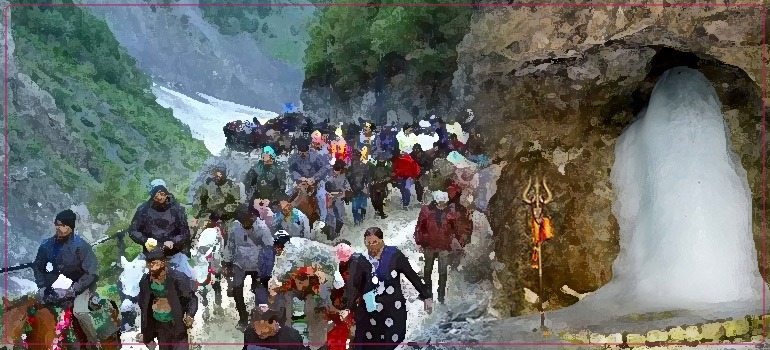It is heartwarming to know that our members Mr. A. K. Roy and Ms G. Basu have contributed to education in its true sense. They share their mission and their work experience on the occasion of Teachers’ Day which is truly inspirational.
We were privileged to hear Mr. A.K. Roy speak about his mission in life.
After retirement a few of my friends and I pondered about how to contribute to the society positively. We all decided on a common mission and wanted to work towards it. It is always nice to do something for others. We breathe and live for the organisation we created ‘Prayas for People’ which is now going through the phase of registration. We have four very specific objectives. First, is to financially help those students who are talented, eager to pursue their studies, but are financially incapable. We feel if such students have to leave studies for monetary reasons it would be a definite waste of future generation. We try to find out from government schools or the elementary schools which cater to such children till their school final. We help such students who have achieved 90% or above so that their talent would not go waste and would be benefitted from further studies. All of us in the group sponsor one student for two years to complete their 11 & 12 std. I had sponsored a girl child who is meritorious and her twelfth exam has got over. I feel proud that she has done well. Getting her a calculator, laptop, books and tuition fees of 6 tutors has helped her complete her studies without any hindrance.
The second objective is to bring smiles to the faces of those neglected children who have landed up in jail due to their parents’ wrongdoing. We try to provide these children food and clothing. We have taken a count of such children and they are quite a number.
Our third objective is to provide relief to victims of flood or natural calamities. During these emergency situations we try to provide them relief by carrying food packets, clothes and other necessary items.
The fourth objective we have, is a little different. We’ve chosen a village near Purulia. The residents of that village are extremely poverty stricken. So much that irrespective of the gender, they are scantily clad, drapes the same cloth for weeks together and are in a miserable situation. We try to provide them help in whichever manner we can to reinstate their dignity and respect.
We’ve been tied with such social activities for little more than two years. Unfortunately, one of our objectives – uplifting the standard of living of Adivasis, in a remote village, is kept suspended and instead, we are trying to organise health camps for those who really are in need of it. This entire idea is the brain child of Shri P. Dutta Gupta, CEO, Generic Solutions, Chinsurah.
I being aged now cannot travel to different places to contribute to these missions, so I help financially and teach children in batches online free of cost, so that they do well in their class XII exam. The gratefulness and happiness in their eyes after they do well in their exam is my reward. We don’t want these achievers to be lost in life. So, we have decided to keep a track of them and guide them to get placements. The best thing is we never force these children to take particular streams, we observe them, understand them and guide them to choose the subject of their choice. We’ve not been able to render sponsorship to too many students during 2021-23, there were only 7 students, and all have done well in their HS exam.
Ms G. Basu speaks about her experience with Cerebral Palsy children.
I used to work in a regular school initially. Then somebody told me that there was a job vacancy to teach special children. The institution was looking for a candidate with first class B.Ed, which I had. At that time the school was housed inside The Ballygunge Military Campus. When I went there (it was in the month of June 1980), Ms S. Kaul was the founder Principal of the Spastic Society. There were few handicapped students, I got scared and worried, as to how I would teach them. So, I left. But they called me again, after which I got settled there and worked in the Indian Institute for Cerebral Palsy for years together, till my retirement.
I was requested by Ms S. Kaul, to set up the Academic section from primary level onwards. I had started working from June 1980. It was not an easy task. Many of the children had physical or mental challenges which affected their learning and interacting ability. We followed normal syllabus; we even had integrated classes with normal students. Since each child was different, I had to find out ways and means to teach them according to their individual needs and capabilities so that socially they could adjust a bit. Some of them could be trained according to their skills and they performed wonderfully.
When I finally completed my tenure there, the management wanted to give me a farewell. The children performed extremely well. Programs of IICP are usually very well planned. If anyone attends the program, can never realise that the performances are by specially-abled children. I was honoured with a farewell gift after the performances. The best thing is if I want, I can still work there as an advisor.


